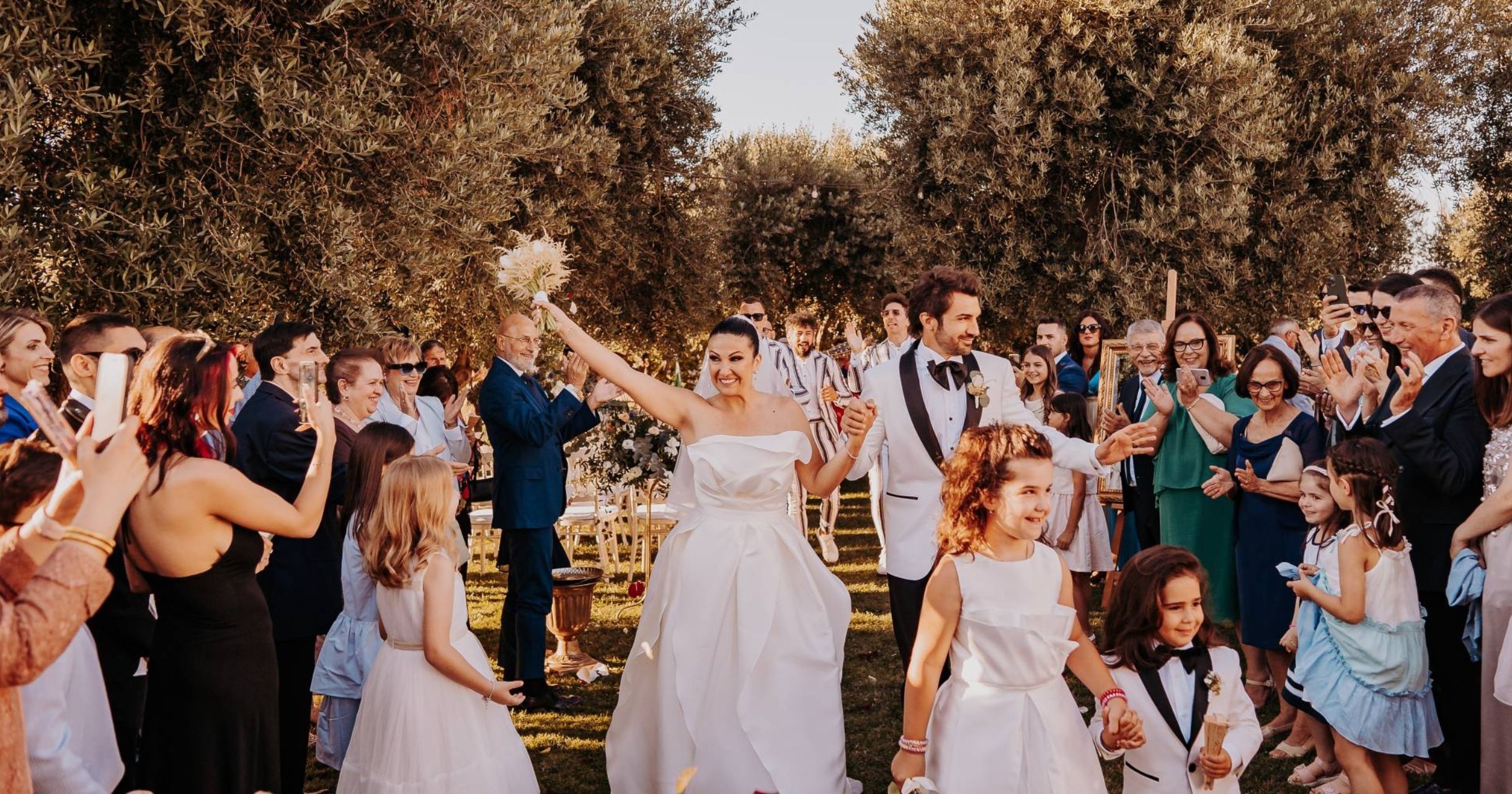Welcome to an enchanting journey into the heart of Italian weddings, where tradition, culture, and love intertwine to create a celebration like no other. In this article, we will unlock the secrets of Italian marriage, delving into the customs and rituals that have been passed down through generations.
From the picturesque countryside to the charming historical cities, Italy provides the perfect backdrop for couples seeking a romantic destination wedding. The timeless traditions surrounding Italian marriage ceremonies will captivate you, with their emphasis on family, faith, and the celebration of love.
Join us as we explore the sacred rituals encompassing Italian weddings, from the intricate lace of the bride's veil to the rhythmic tunes of the tarantella. Discover the unique customs, such as the smashing of the vase, symbolizing the breaking of bad luck, or the confetti throwing, signifying a shower of prosperity and fertility.
Immerse yourself in the vibrant culture and rich history as we reveal the secrets behind Italian wedding traditions. Whether you are planning your own wedding or simply captivated by the allure of Italy’s romantic customs, this article will provide a window into the enchanting world of Italian marriage. Get ready to be swept away by the beauty and romance of this age-old celebration of love.

How does family influence social life in Italian culture?
In Italy, family is the cornerstone of society, playing a pivotal role in everyday life and cultural practices. This strong familial bond is particularly evident during significant life events, such as weddings. The importance placed on family can be traced back through generations, where the concept of 'la famiglia' serves not only as a source of emotional support but also as a crucial element in the marriage process. Families often take an active role in the wedding planning, influencing decisions about venues, guest lists, and even the choice of traditions that will be incorporated into the ceremony.
The union of two individuals in marriage is seen as the joining of two families, rather than just the couple themselves. This cultural perspective emphasizes the collective nature of Italian society, where the happiness and reputation of the family unit are paramount. As a result, during wedding ceremonies, you may find the presence of extended family members—grandparents, aunts, uncles, and cousins—who gather to witness and celebrate the union. Each family brings unique customs and traditions, enriching the wedding experience and reflecting the diverse tapestry of Italian culture.
Moreover, family ties extend beyond the wedding day itself. In Italy, it's common for families to continue to play a vital role in the lives of newlyweds, offering support and guidance as they embark on their journey together. This close-knit structure fosters a sense of security and belonging, enabling couples to navigate life's challenges with the backing of their loved ones. Thus, the significance of family in Italian culture not only shapes wedding traditions but also influences the very fabric of married life.

What are the most popular Italian wedding traditions and customs?
Italian weddings are steeped in rich traditions and customs that vary from region to region, each revealing the local culture's unique characteristics. One of the most iconic traditions is the "La Serenata," where the groom serenades his bride on the night before the wedding, often accompanied by friends and family. This romantic gesture is meant to express his love and admiration, setting the tone for the festivities to come. Another cherished custom is the "sposa in bianco," or bride in white, a tradition that symbolizes purity and new beginnings, though many modern brides now opt for variations that reflect their personal style.
On the wedding day, rituals often include the "promessa," or promise, where the couple exchanges vows in front of family and friends. The ceremony is frequently held in a church, highlighting the deep-rooted connection between faith and marriage in Italian culture. Following the exchange of vows, couples partake in a variety of symbolic acts, such as lighting a unity candle or exchanging rings, each representing their commitment to one another. Additionally, many Italian weddings feature the "torta nuziale," a multi-tiered cake that is cut by the couple with great fanfare, symbolizing their shared future and the sweetness of their union.

One of the most delightful customs is the "confetti" throwing, which consists of sugar-coated almonds handed out to guests as a symbol of fertility and prosperity. Each guest receives five almonds to represent health, wealth, happiness, longevity, and fertility—essential wishes for the couple starting their journey together. The traditions surrounding Italian weddings are not just ceremonial; they are imbued with meaning, emphasizing the values of love, commitment, and familial support that are central to Italian culture.

What is the significance of food and drink in Italian weddings?
No Italian wedding is complete without a sumptuous feast, as food and drink play a central role in the celebration of love and unity. Italian cuisine is renowned for its flavors and regional diversity, and this is prominently reflected in wedding menus. The meal typically consists of multiple courses, allowing guests to indulge in an array of traditional dishes that showcase the couple's heritage and family recipes. From antipasto platters overflowing with cured meats and cheeses to hearty pasta dishes and succulent roasts, the cuisine is designed to please the palate and create a festive atmosphere.
One of the highlights of an Italian wedding reception is the "primo," or first course, which often features homemade pasta, risotto, or a hearty soup. Following the primo, the "secondo," or second course, typically presents a selection of meat or fish, accompanied by seasonal vegetables. As the meal progresses, the couple may choose to serve a variety of regional specialties, allowing guests to experience the culinary delights of Italy. The emphasis on food not only nourishes the body but also serves as a means to bring people together, fostering conversation and laughter throughout the celebration.
Equally important is the role of wine in Italian weddings. Italy is home to some of the world's finest wines, and couples often select local varieties to complement their wedding feast. Toasting with a glass of fine wine symbolizes the joy and celebration of the occasion, while also honoring the region's rich winemaking heritage. As the evening unfolds, guests may enjoy traditional desserts, such as "torta nuziale," panettone, or cannoli, served alongside coffee or limoncello. In essence, food and drink are not merely sustenance; they are an integral part of the Italian wedding experience, reflecting the country's love for culinary art and communal celebration.
What Role Do Music and Dance Play in Traditional Italian Wedding Celebrations?
Music and dance are essential elements of Italian wedding celebrations, infusing the event with energy, joy, and a sense of community. From the moment guests arrive, they are greeted with lively tunes that set a festive mood. Traditional Italian wedding music often features folk instruments like the accordion or mandolin, alongside contemporary styles that resonate with the couple's personalities. The rhythm of the music beckons guests to join in the merriment, making dancing an integral part of the celebration.
One of the most beloved dances at Italian weddings is the "tarantella," a lively folk dance characterized by fast-paced music and energetic movements. This dance, which is often performed in a circle, symbolizes joy and celebration, allowing everyone to participate. Couples may also share a romantic first dance, often to a classic love song or a modern ballad that holds special significance for them. As the evening progresses, the dance floor becomes a stage for spontaneous performances, with guests showcasing their skills or joining in the fun, creating cherished memories for all.
The role of music extends beyond just entertainment; it is deeply rooted in tradition and meaning. Songs often reflect themes of love, family, and togetherness, reinforcing the values that underpin Italian marriages. Live bands or DJs typically play a mix of classic Italian songs and contemporary hits, ensuring that there's something for everyone. The infectious joy of music and dance creates an atmosphere of celebration, allowing couples and their loved ones to express their happiness and love freely, making each wedding a truly memorable experience.
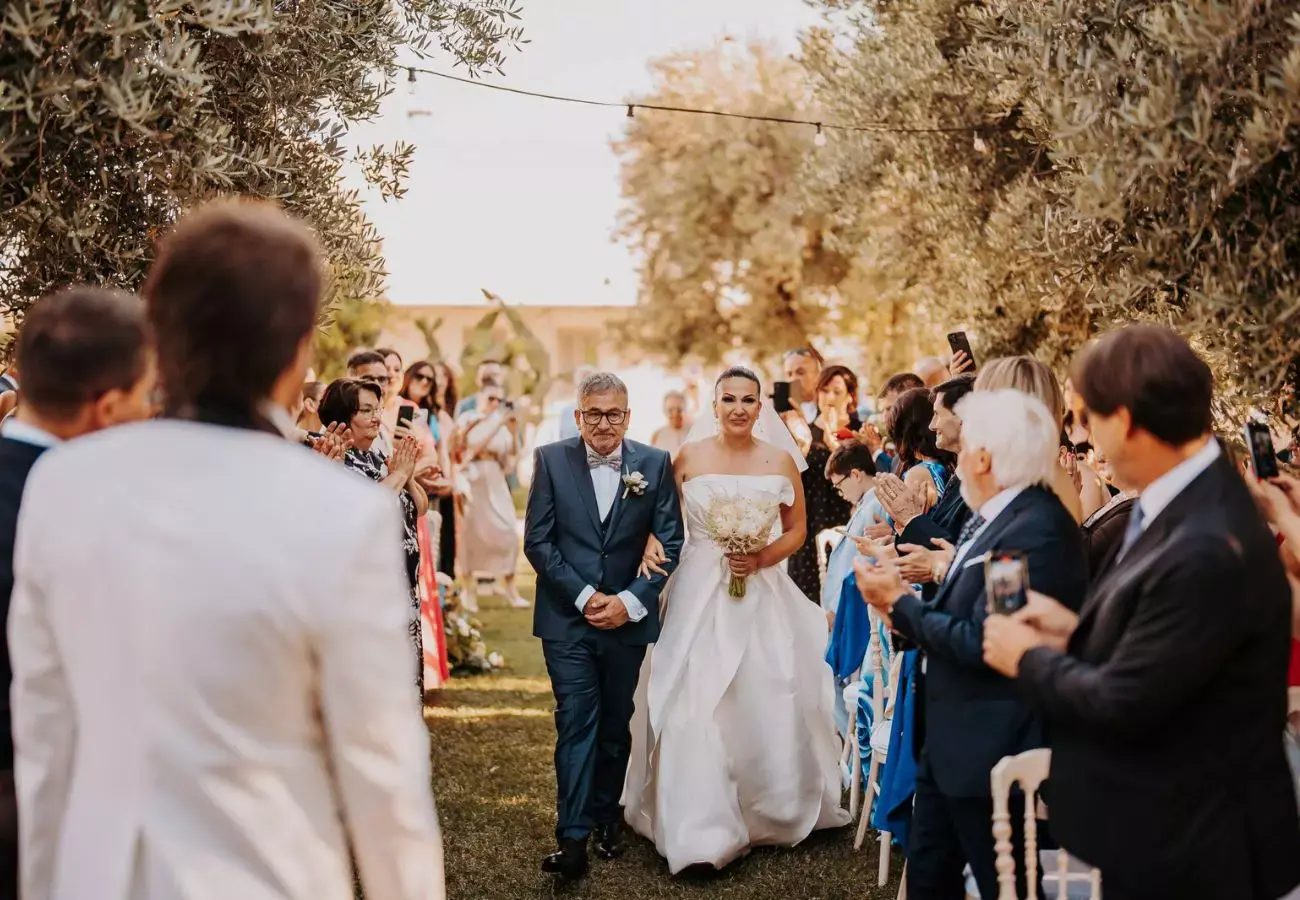
What makes Traditional Italian Wedding Attire unique?
When it comes to Italian wedding attire, both the bride and groom are adorned in outfits that reflect not only personal style but also cultural significance. The bride's gown is often a stunning creation that embodies elegance and tradition. While many brides opt for the classic white dress, variations in color and design are becoming more popular, allowing for individual expression. The gown is typically complemented by a veil, which symbolizes modesty and is often passed down through generations as a family heirloom. Accessories such as ornate jewelry or a floral crown may also adorn the bride, enhancing her beauty on this special day.
For the groom, traditional attire often includes a tailored suit or tuxedo, frequently accompanied by a waistcoat and bow tie. In some regions, grooms may wear a traditional "cappotto," or coat, that showcases local craftsmanship. The choice of colors and fabrics can vary, with some grooms opting for more vibrant hues to reflect their personality. As with the bride, the groom's attire is a representation of his family's heritage and style, ensuring that both partners look their best as they embark on their shared journey.
In addition to the couple's attire, the clothing of the wedding party and guests also plays an essential role in the overall aesthetic of the celebration. Bridesmaids may wear coordinating dresses that complement the bride's gown, while groomsmen often don suits that align with the groom's style. The colors and themes chosen for the wedding attire help create a cohesive look that enhances the romantic ambiance of the event, making the day unforgettable for everyone involved.
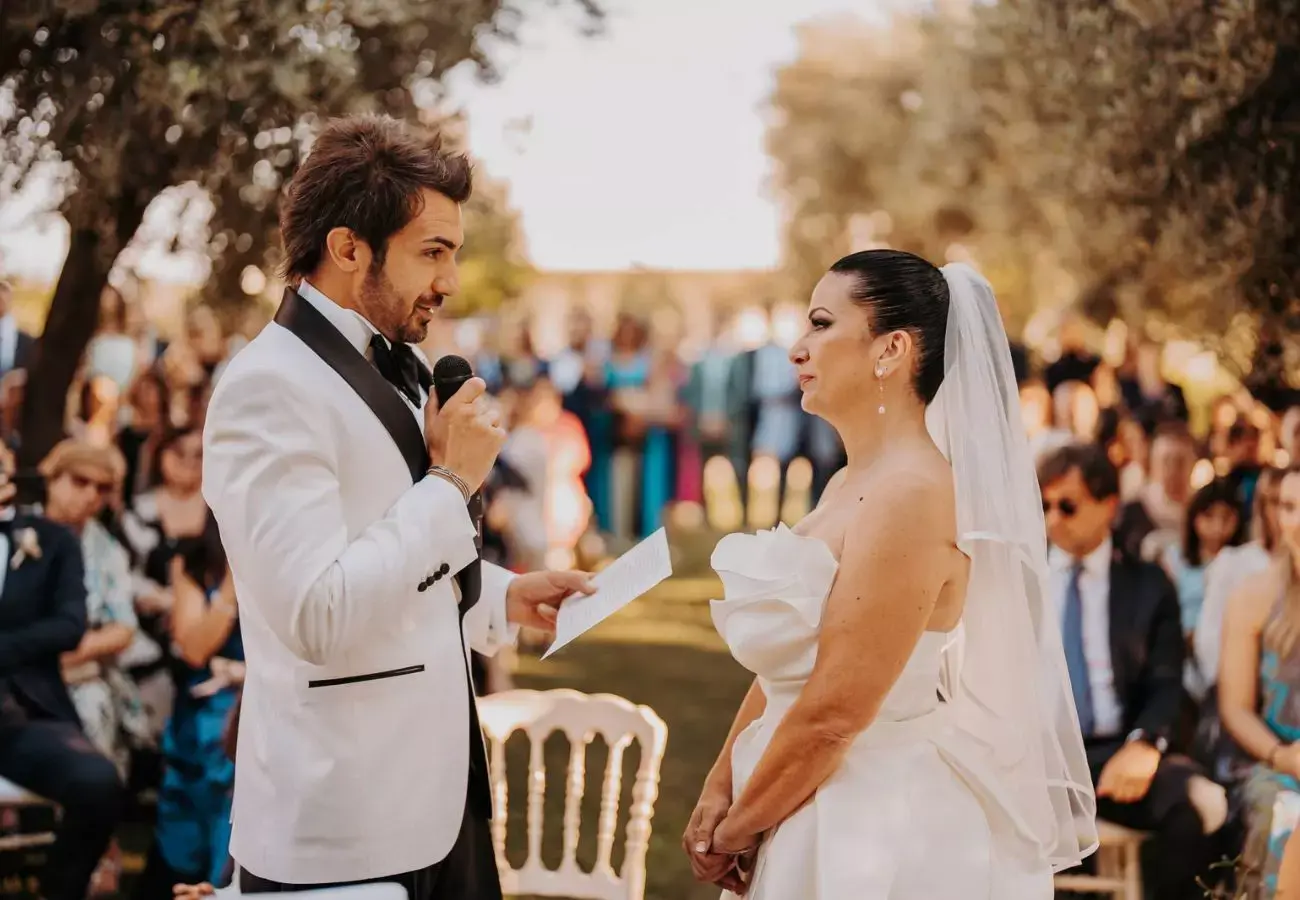
How does love and romance evolve in Italian marriages over time?
At the heart of Italian marriages is a profound celebration of love and romance, deeply rooted in cultural values and traditions. The connection between couples is often celebrated through heartfelt gestures and romantic rituals that honor their commitment to one another. From the moment of the proposal to the day of the wedding, couples are encouraged to express their affection openly, strengthening their bond and deepening their love.
One of the most enchanting aspects of Italian marriages is the emphasis on shared experiences. Couples often engage in pre-wedding rituals, such as visiting sacred sites or taking part in family gatherings, which serve to strengthen their relationship and prepare them for the journey ahead. These experiences allow couples to reflect on their love story, creating a foundation for a lifelong partnership. Additionally, the concept of "la dolce vita," or the sweet life, permeates Italian culture, encouraging couples to savor the moments of joy and romance that life offers, fostering a sense of gratitude and appreciation for each other.
Post-wedding, the celebration of love continues as couples often partake in traditions that reinforce their bond. From honeymoon getaways to family gatherings, the focus remains on building a life together that is rich in love and shared experiences. The enduring passion and romance that characterize Italian marriages serve not only to create beautiful memories but also to ensure that the love shared between partners flourishes throughout their lives, embodying the very essence of what it means to be married in Italy.

How do Italian marriage proposals and engagement traditions differ from those in other cultures?
The journey to marriage in Italy is often marked by elaborate proposals and meaningful engagement traditions that reflect the cultural significance of commitment. Traditionally, a marriage proposal is a momentous occasion, often orchestrated with great care and thoughtfulness. The groom typically seeks the blessing of the bride's parents before proposing, demonstrating respect for family values and the importance of parental approval. This gesture not only signifies his intentions but also strengthens the ties between families, a cornerstone of Italian culture.
Once the proposal occurs, the couple may engage in a variety of pre-wedding customs. One such tradition is the "fidanzamento," or engagement ceremony, where family and friends come together to celebrate the couple's commitment. This event often features the exchange of rings, which symbolize the promise of fidelity and love. The engagement ring is typically a beautiful piece of jewelry, often featuring a diamond or other precious stone, representing the couple's shared future.
As the couple prepares for their wedding, they may also partake in other engagement traditions, such as hosting a "corteo," or pre-wedding procession, where family and friends accompany them to various locations, including the church or venue. This joyful celebration allows loved ones to show their support and excitement for the couple's upcoming union. In essence, Italian marriage proposals and engagement traditions are steeped in romance and familial values, creating a meaningful foundation for the couple as they embark on their journey toward marriage.
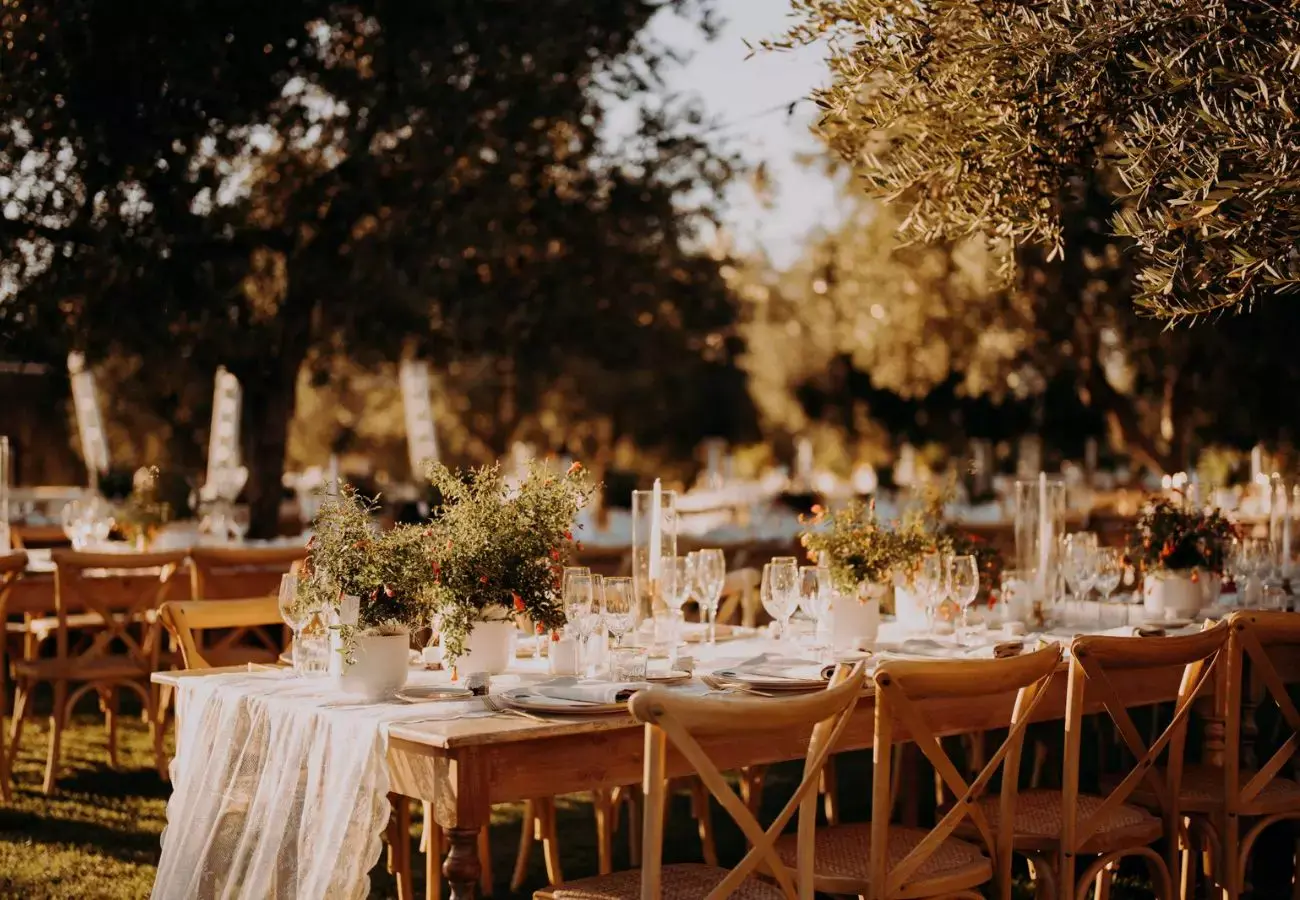
How to Plan a Destination Wedding in Italy?
For couples dreaming of a picturesque wedding, Italy is a premier destination that offers stunning backdrops, rich culture, and timeless traditions. Planning a destination wedding in Italy involves careful consideration of various factors, including location, venue, and local customs. From the rolling hills of Tuscany to the enchanting canals of Venice, each region offers unique settings that can cater to diverse tastes and styles. Couples should take the time to explore different locations, assessing what resonates with their vision for the wedding day.
Once a location is chosen, selecting a venue that aligns with the couple's aesthetic and the number of guests is essential. Italy boasts a plethora of options, ranging from charming villas and historic castles to elegant vineyards and coastal resorts. Each venue provides a unique atmosphere, allowing couples to create a magical experience for themselves and their guests. Additionally, understanding local regulations and customs related to weddings is vital to ensure a smooth planning process. Engaging with a local wedding planner can be immensely helpful, as they possess the knowledge and expertise needed to navigate the intricacies of planning a wedding abroad.
As couples prepare for their destination wedding, they may also want to incorporate traditional Italian elements into their celebration. From authentic cuisine to music and dance, weaving in local customs can enhance the overall experience, making the wedding feel truly special and memorable. Ultimately, planning a destination wedding in Italy is a romantic endeavor that promises to create lasting memories for the couple and their loved ones, set against a backdrop of breathtaking beauty and cultural richness.
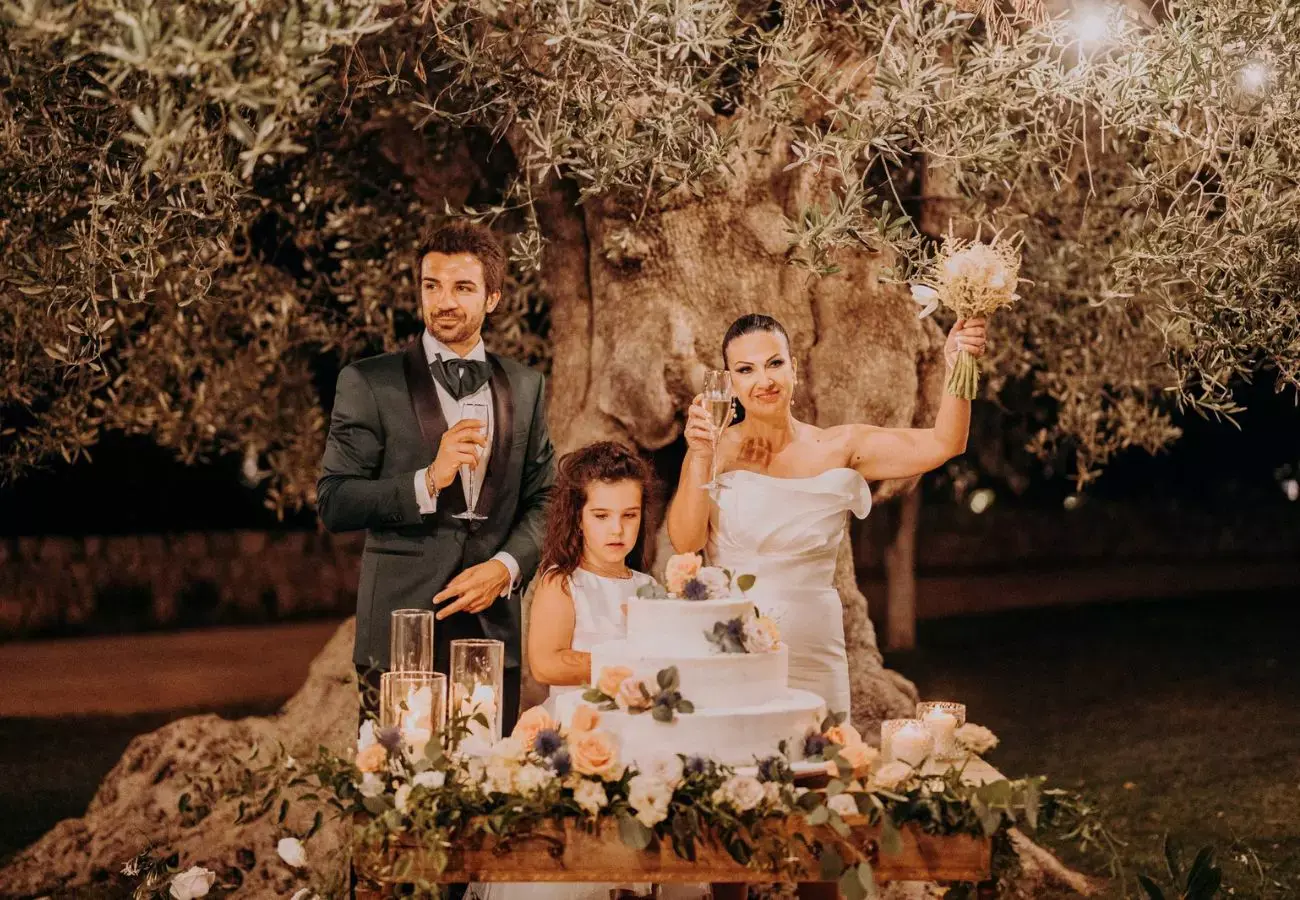
Conclusion: Celebrating Love the Italian Way
In conclusion, Italian weddings are a beautiful tapestry woven from the threads of tradition, culture, and love. The importance of family, the richness of customs, and the vibrancy of food and music all contribute to a heartfelt celebration that honors the couple's union. As couples embark on their journey together, they are enveloped in an atmosphere of joy and romance that reflects the very essence of Italian culture.
From the emotional proposals to the lively receptions, each moment is a testament to the love shared between partners and the support of their families. As couples plan their weddings, they are encouraged to embrace the traditions that resonate with them, creating a celebration that is not only personal but also reflective of their shared heritage.

Whether you are considering a wedding in Italy or simply captivated by its enchanting customs, the experience of an Italian marriage is one filled with warmth, joy, and love. Celebrating love the Italian way means cherishing each moment, honoring family ties, and creating beautiful memories that will last a lifetime. As you embark on your own journey of love, may the allure of Italian weddings inspire you to embrace the beauty and romance that life has to offer.
If you liked the article and you want to learn more about other topics, I suggest you read:
- How to Plan a Picture-Perfect New Year Wedding?
- Without empathy they would be just photographs
- Behind the Scenes of a Wedding Photographer
- Traditional Italian Wedding Ceremony
- The Ultimate Guide to Planning Destination Wedding
- Some essential tips to help you plan the wedding of your dreams
- Creating Lasting Memories: How to Plan an Intimate Wedding That Celebrates Love in a Big Way
- Elopement in Italy: The ultimate guide for couples
- Plan a wedding in Italy


